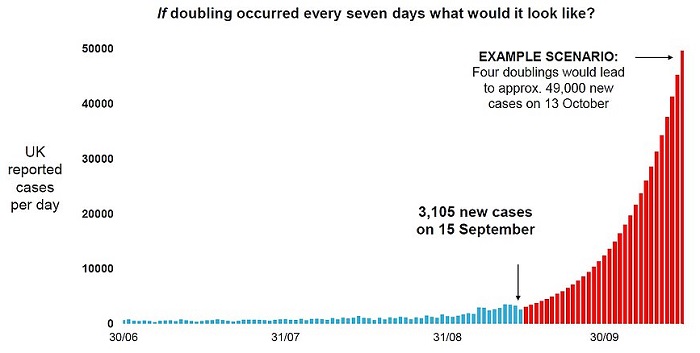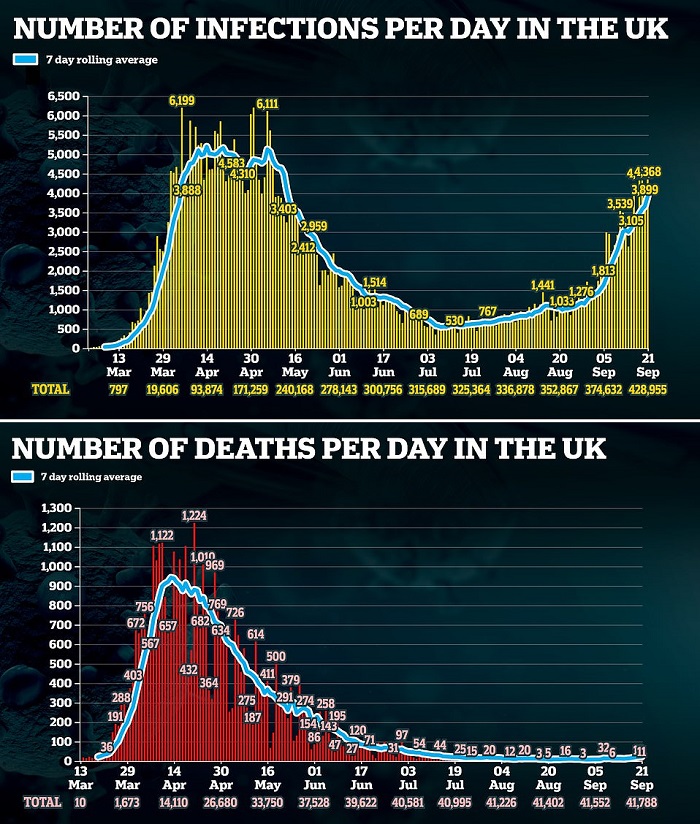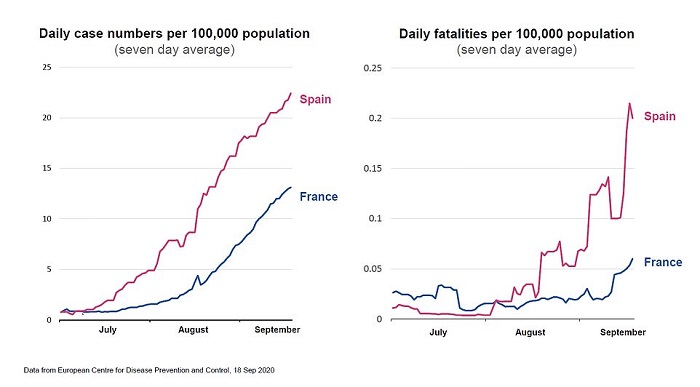I know, I know: if you want fair and balanced reporting, don’t read Britain’s Daily Mail. Yet I persist, despite nonsense like this, because I am weak.
This particular article starts off well, showing people getting their last kicks in before the latest totalitarian bollocks from H.M. Government, in the usual Daily Mail fashion:


All well and good, and nothing puts me in a good mood like Train Smash Women (like I said, I am so weak).
However, the DM then eschews standard journalistic principle — I know, I know — and turns a general-interest piece into a study of the Chinkvirus re-emergence in Britishland. For reasons best known to themselves, they publish some scawwwwy-looking graphs with the usual crap predictions from Doom & Gloom Inc.:

…although they do have the grace to give some actual numbers:

…which of course shows that even though hospitalizations are increasing, the death rate (which is the important number) isn’t doing anything alarming.
But non-alarms don’t boost readership, so the JOTP publish two graphs which show how scawwwy things could get, only they use Spain and France — no doubt because those two countries’ experience bolsters the alarmism:

Of course, what gives this bullshit away is the way the graphs are scaled. Note that the right-hand graph (of daily fatalities) has a very fine scale, which despite the steep climb, simply means that the Spanish fatality rate has gone from much less than 1 to just over 2 deaths per million population (0.2 per hundred thousand = 2 per million), while the Frogs have gone from pretty much zero to 5 per ten million.
I don’t have access to those countries’ accident stats, but I imagine that 2 per million and 5 per 10 million respectively are rather less than the death rates from, oh, falling down stairs or drowning in a bucket of wine.
So the DM took a perfectly okay article about people getting their last unfettered drinks in, and added all that pseudo-scientific bullshit. Of course, those are really subjects for two different articles (one of the prime journo principles being: don’t try to tell two stories in a single article).
Were it not for daily pics of the skinny Amanda Holden and the not-so-skinny Kelly Brook, I’d give them up altogether.


But did I already mention how weak I am?




